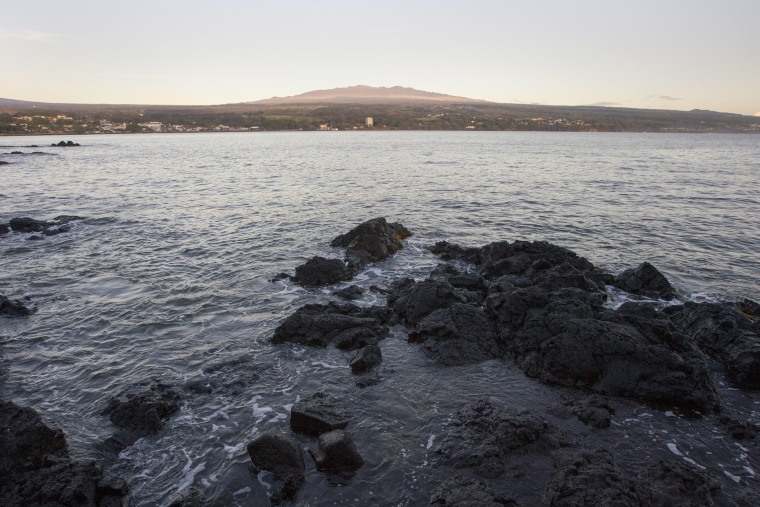An unusual outbreak of dengue virus fever has now made 139 people sick in Hawaii and authorities are debating what to do about it.
“Of the confirmed cases, 122 are Hawaii Island residents and 17 are visitors,” the state department of health said in an update released Monday.
But there’s not much they can do, an expert at the Centers for Disease Control and Prevention said.
“Dengue control is extremely difficult. We don’t have a very good way of stopping dengue outbreaks,” said Dr. Lyle Petersen, an expert on mosquito-borne infections at CDC who’s just back from Hawaii.
“Maybe you can slow it down somewhat but there’s no way to stop it.”
"Dengue control is extremely difficult."
That’s in part because dengue usually causes a very mild illness, so people are still apt to go outside, where they are likely to be bitten by mosquitoes — which in turn will spread the virus to others.
Petersen says there are “clearly” more than 139 cases now on Hawaii. “You can’t count them all. You are counting people going to the doctor and seeking medical help and getting tested. But people with more mild illness may not go to the doctor,” he said.
Dengue is carried by mosquitoes — especially the Aedes aegypti mosquito that thrives in tropical zones. There's no treatment for dengue and no vaccine.
It can cause a very severe form called dengue hemorrhagic fever, which kills 20 percent of victims, although good medical care can lower death rates dramatically.
It’s a very common virus, infecting 100 million people globally every year, and some of them carry it to Hawaii when they visit, Petersen said.
“People come onto the island infected with dengue and infect local mosquitos. That can set off a transmission cycle and start an outbreak,” he said.
It’s mostly a matter of bad luck, he said. The last real dengue outbreak in Hawaii was in 2001 and 2002, and lasted nine months.
This outbreak may have been driven by a lot of recent rain, Petersen said.
“These mosquitoes are very, very difficult to control,” he said. “In any urban environment, mosquitoes are common and breed in many, many locations. It’s difficult if not impossible to get rid of all the breeding sites.”
Some areas are spraying for the insects.
“What they are doing generally is very appropriate. There’s no magic bullet to stop these outbreaks,” Peterson said.
"There’s no magic bullet to stop these outbreaks."
Spraying helps, as does encouraging property owners to find and eliminate breeding sites. People can stay inside, or wear long sleeves when outside and use mosquito repellants containing DEET and other recommended ingredients.
Dengue has been moving into the continental United States, especially in Florida and south Texas.
The CDC’s keeping an eye on two other mosquito-borne viruses – Chikungunya and Zika. “Chikungunya and Zika are spread by the same mosquito,” Petersen said. “We are definitely worried about one of those viruses being introduced on Hawaii.”
But Petersen says tourists shouldn't stay away from Hawaii because of dengue. Dengue is far more common in the Caribbean, he noted.

